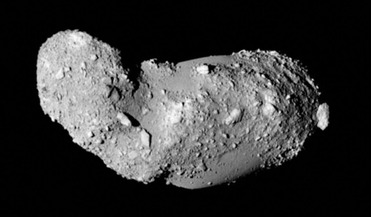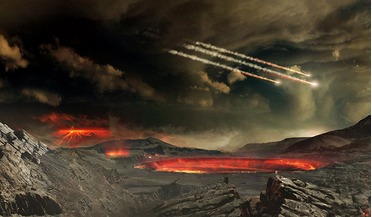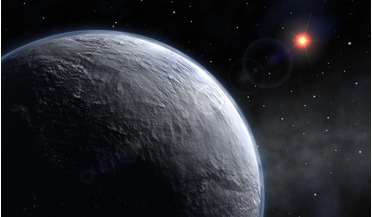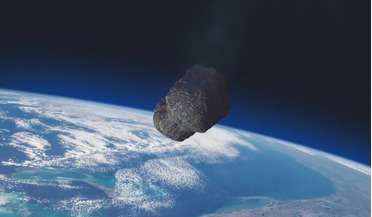 05 March 2021
For the first time, organic materials essential for life have been found on the surface of an asteroid
05 March 2021
For the first time, organic materials essential for life have been found on the surface of an asteroid
... been a boon for Chan and her colleagues as past studies on the chemical precursors for the origin of life on Earth have focused heavily on C-type carbon-rich asteroids. This is because S-type (stony) asteroids, the type which...
 10 January 2018
Possible recipe for life on early Earth
10 January 2018
Possible recipe for life on early Earth
... indicated that the molecule could have been available on early Earth. Although this initial success helps to explain how life could have taken hold on early Earth, more research needs to be done to see how these chemical reactions...
 08 March 2021
New study determines best place and time to live in the Milky Way
08 March 2021
New study determines best place and time to live in the Milky Way
... ago on the outskirts of the galaxy. The Universe is populated with a plethora of astrophysical phenomena that could decimate life on Earth in a fraction of the time it took to get established in the first place. It would only take a nearby high...
 26 November 2021
A closer Moon could have helped the early habitability of our planet
26 November 2021
A closer Moon could have helped the early habitability of our planet
... warm enough for liquid water to flow, a scenario which could have contributed to the establishment of life. Pinning down when life first arose on Earth is very difficult. Our current best guess is that around 3.8 billion years ago, a common...
 09 June 2021
Meteorites impacting Earth mainly come from a very small region of space, new study says
09 June 2021
Meteorites impacting Earth mainly come from a very small region of space, new study says
... been greatly affected; a result that bodes well for the preservation of life on our planet. It is estimated that around two thousand meteorites land on the Earth's surface every year, and as many as 63,000 of them have been documented...
 29 March 2018
The Impact of Discovering Life Beyond Earth
29 March 2018
The Impact of Discovering Life Beyond Earth
... fiction, is now a robust research program with a well-defined roadmap, from studying the extremes of life on Earth to exploring the possible niches for life in the Solar System and discovering thousands of planets far beyond it”. The book itself...